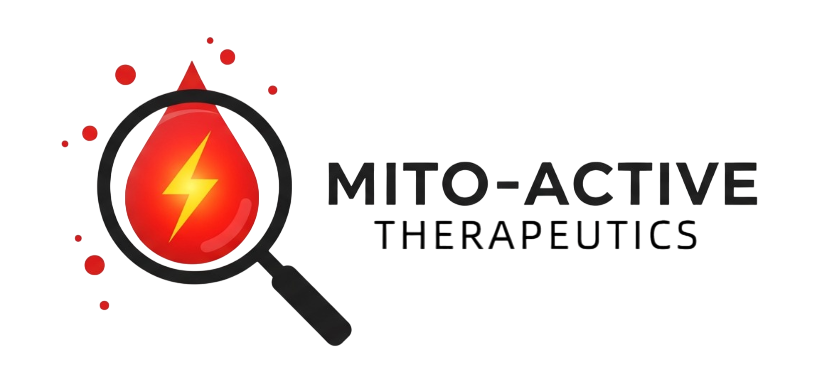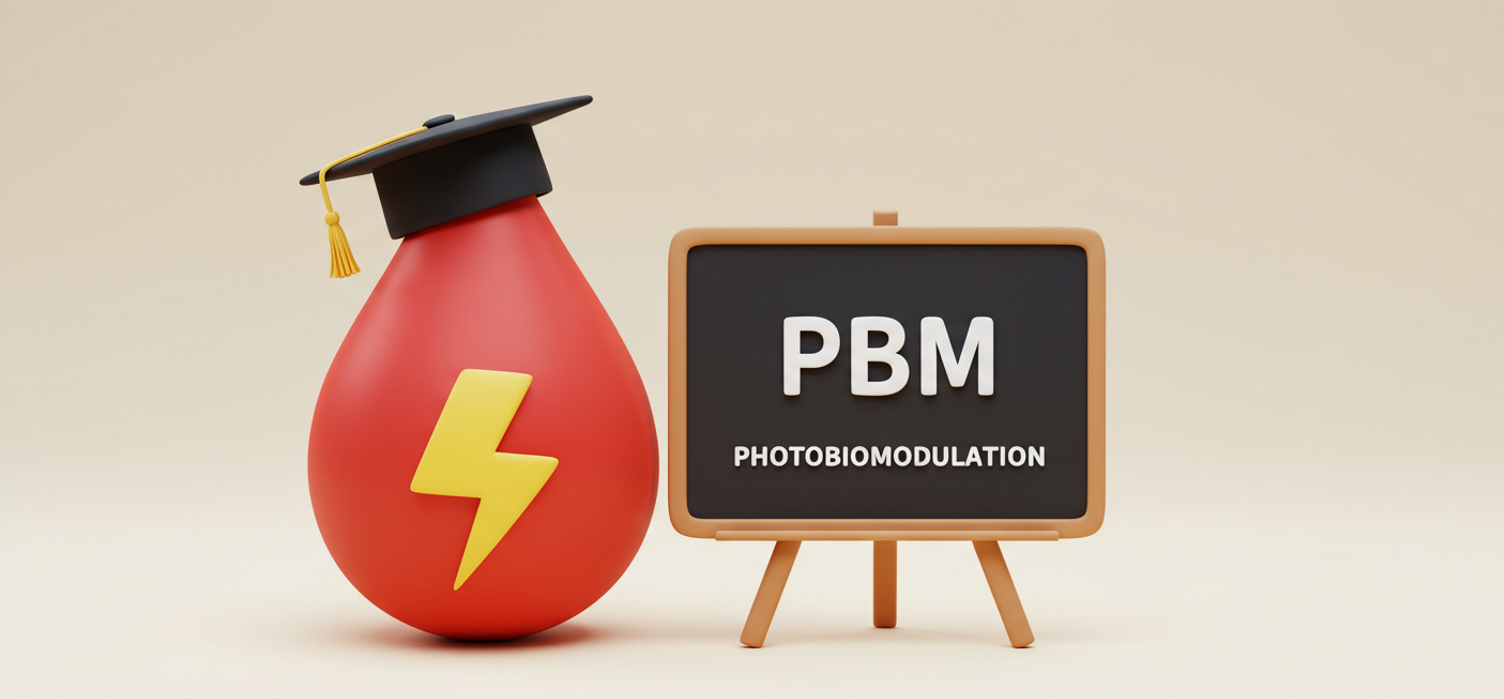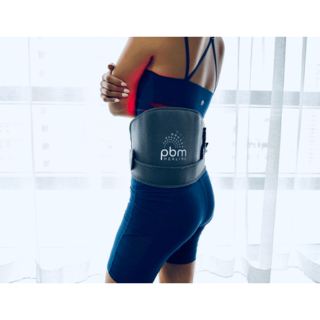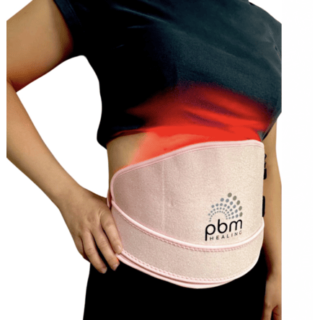Photobiomodulation (PBM) is a light-based therapy using red and near-infrared light to reduce pain and inflammation and support recovery. It works at a cellular level to promote tissue repair by stimulating mitochondria, enhancing ATP energy production, reducing oxidative stress, and improving circulation.
Key Mechanisms & Benefits:
- Pain and Inflammation Control: PBM downregulates pro-inflammatory cytokines like TNF-α and IL-6 while increasing anti-inflammatory cytokines like IL-10. Studies show significant pain reduction in conditions like fibromyalgia, neck pain, and postoperative pain.
- Mitochondrial Function: The therapy enhances the activity of Cytochrome C Oxidase in mitochondria, boosting cellular energy (ATP) production to fuel tissue repair and regeneration.
- Improved Microcirculation: PBM stimulates vasodilation through the release of nitric oxide, improving blood flow and oxygenation to tissues, which helps reduce ischemia and localized hypoxia.
- Accelerated Muscle Recovery: PBM has been shown to aid in muscle recovery after exercise by reducing markers of muscle damage, such as creatine kinase (CK) levels.
Click the link below to view the full research document.
(view Inflammation & Recovery Doc)




